Vienna, the capital of Austria, is known for its well-planned urban development and high quality of life. The city’s urban development has been shaped by a combination of historical influences, forward-thinking urban planning, and a commitment to sustainability. Here is an overview of Vienna’s urban development:
- Historical Background: Vienna has a rich history dating back to the Roman Empire. Over the centuries, it has been the capital of the Habsburg Empire, and its architectural heritage reflects various historical periods, including Baroque, Art Nouveau, and modernist movements. The city’s historical architecture is carefully preserved and integrated into contemporary urban planning.
- Public Transportation: Vienna boasts an extensive and efficient public transportation system, which includes trams, buses, subways (U-Bahn), and commuter trains. The city’s commitment to public transportation has contributed to its reputation as one of the most livable cities in the world.
- Green Spaces: Vienna is known for its abundant green spaces, parks, and gardens. The city’s commitment to providing residents with access to nature has resulted in the creation of numerous parks, such as the Stadtpark and the Prater, as well as the Vienna Woods (Wienerwald) on its outskirts.
- Mixed Land Use: Vienna has embraced the concept of mixed land use, where residential, commercial, and recreational areas are interwoven within neighborhoods. This promotes walkability and reduces the need for long commutes.
- Social Housing: Vienna has a long history of social housing, dating back to the Red Vienna era in the early 20th century. The city has continued to invest in affordable and high-quality public housing projects. Approximately 60% of Vienna’s residents live in public housing, which helps ensure housing affordability and social inclusion.
- Sustainable Development: Vienna has been recognized for its commitment to sustainability. The city promotes energy-efficient building design, waste reduction, and the use of renewable energy sources. It also focuses on green urban planning, including green roofs and sustainable urban mobility.
- Adaptive Reuse: Vienna often adapts historical buildings for contemporary use. This strategy preserves the city’s architectural heritage while meeting the needs of a modern urban population. For example, old factories and warehouses are converted into residential lofts or cultural spaces.
- Historic Preservation: The city’s commitment to preserving its historical architecture is evident in the meticulous restoration of buildings and landmarks. Vienna’s historic city center, known as the Innere Stadt, is a UNESCO World Heritage Site.
- Smart City Initiatives: Vienna has embraced smart city technologies to enhance urban living. This includes digital infrastructure for transportation, energy management, and public services.
- Bicycle-Friendly City: Vienna has invested in creating a bicycle-friendly environment with dedicated bike lanes, bike-sharing programs, and initiatives to promote cycling as an eco-friendly mode of transportation.
Overall, Vienna’s urban development is characterized by a harmonious blend of historical preservation and modern innovation. The city’s commitment to sustainability, public transportation, and social housing has contributed to its reputation as one of the world’s most livable cities, with a high quality of life for its residents.

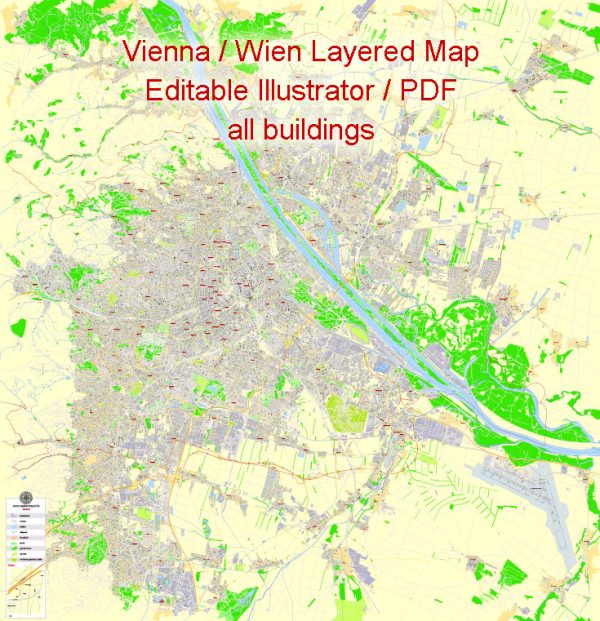
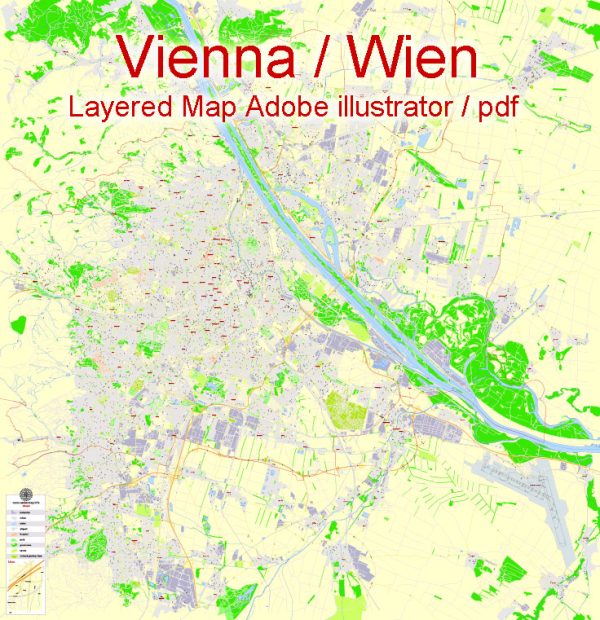
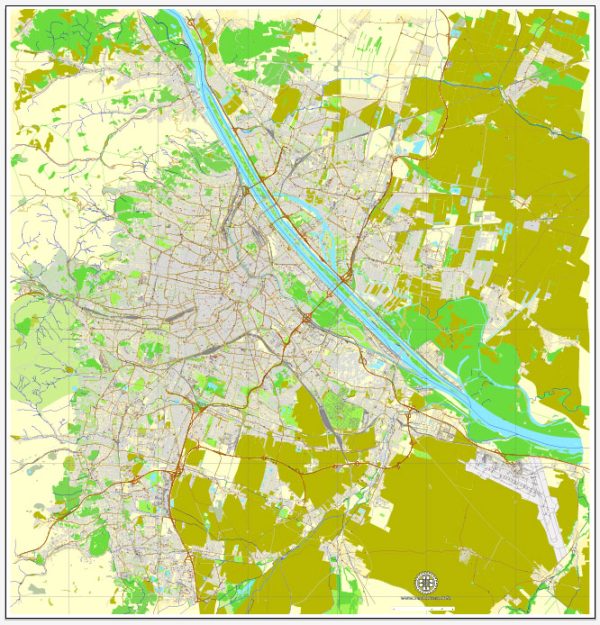
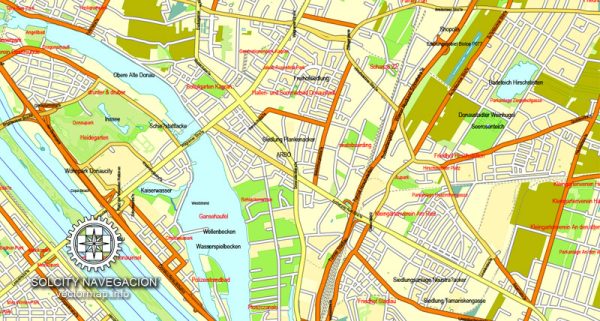
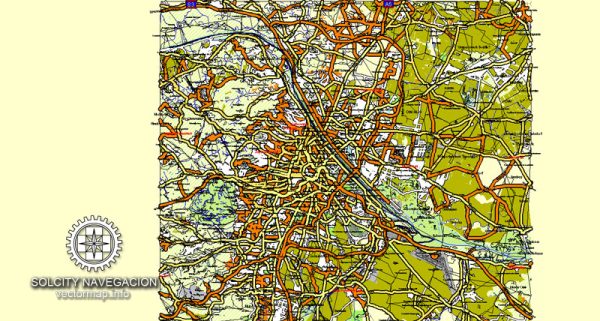
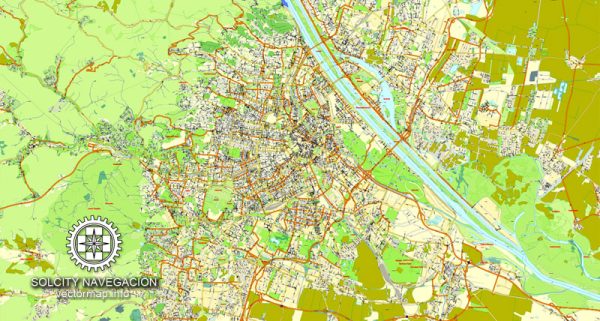
 Author: Kirill Shrayber, Ph.D.
Author: Kirill Shrayber, Ph.D.